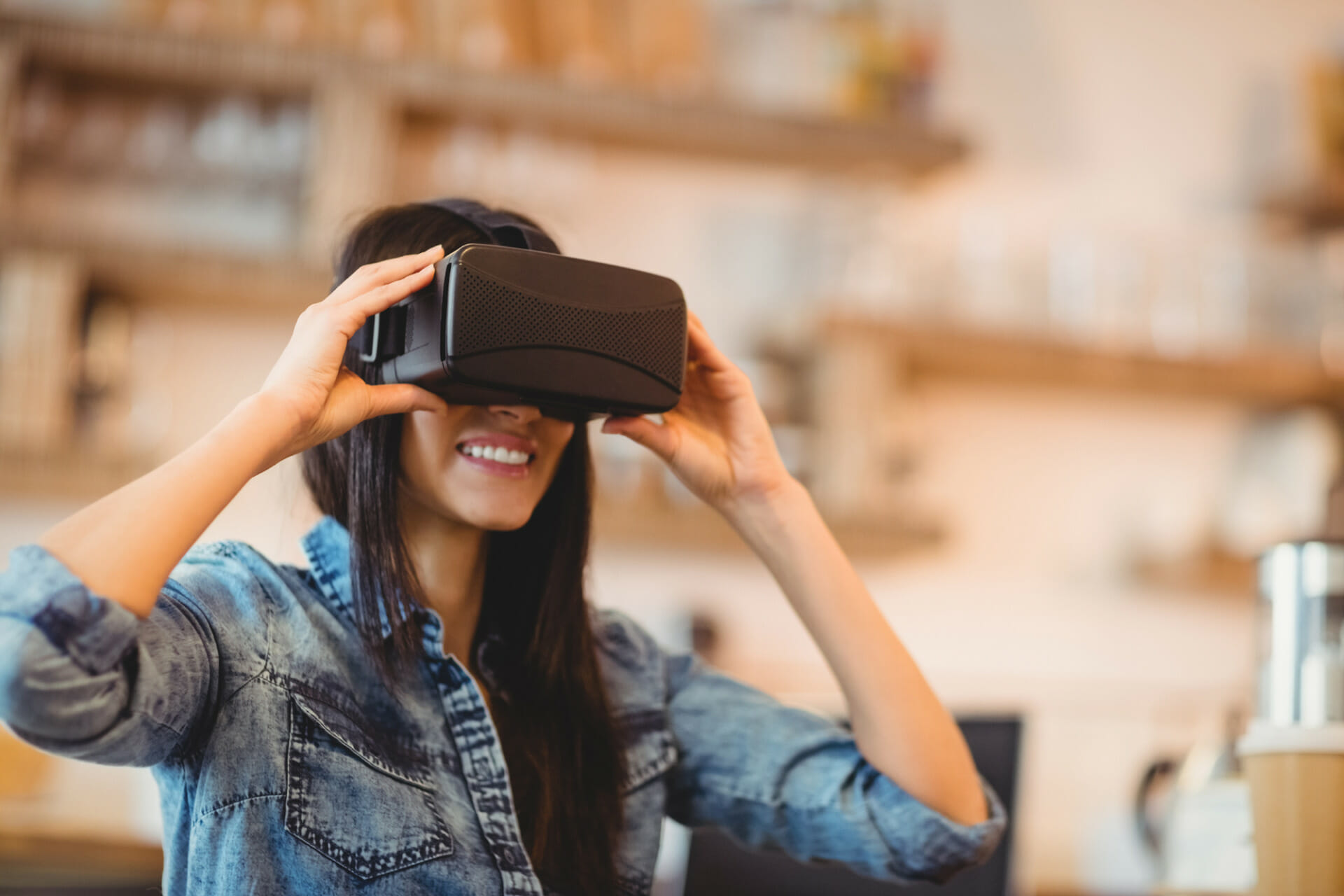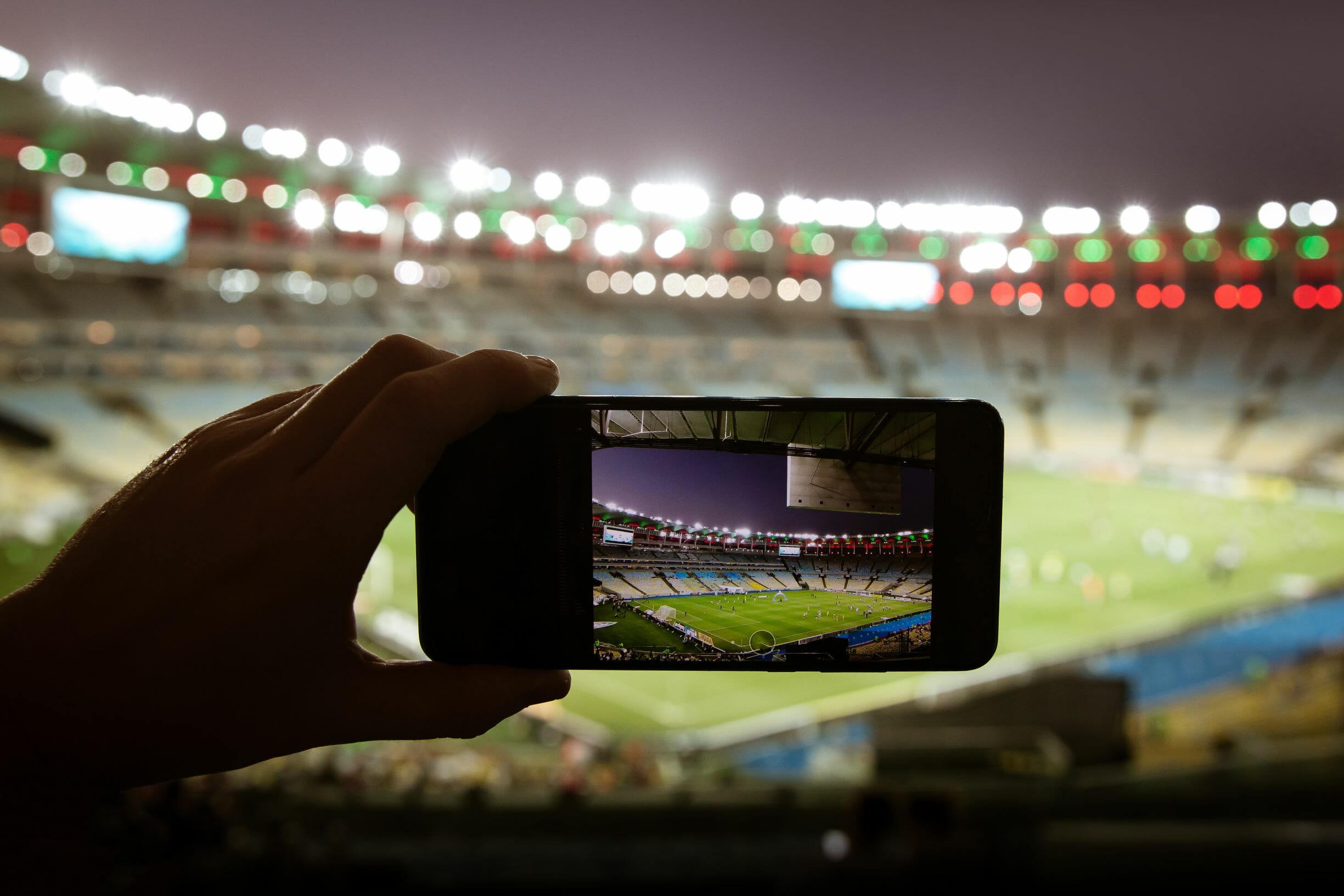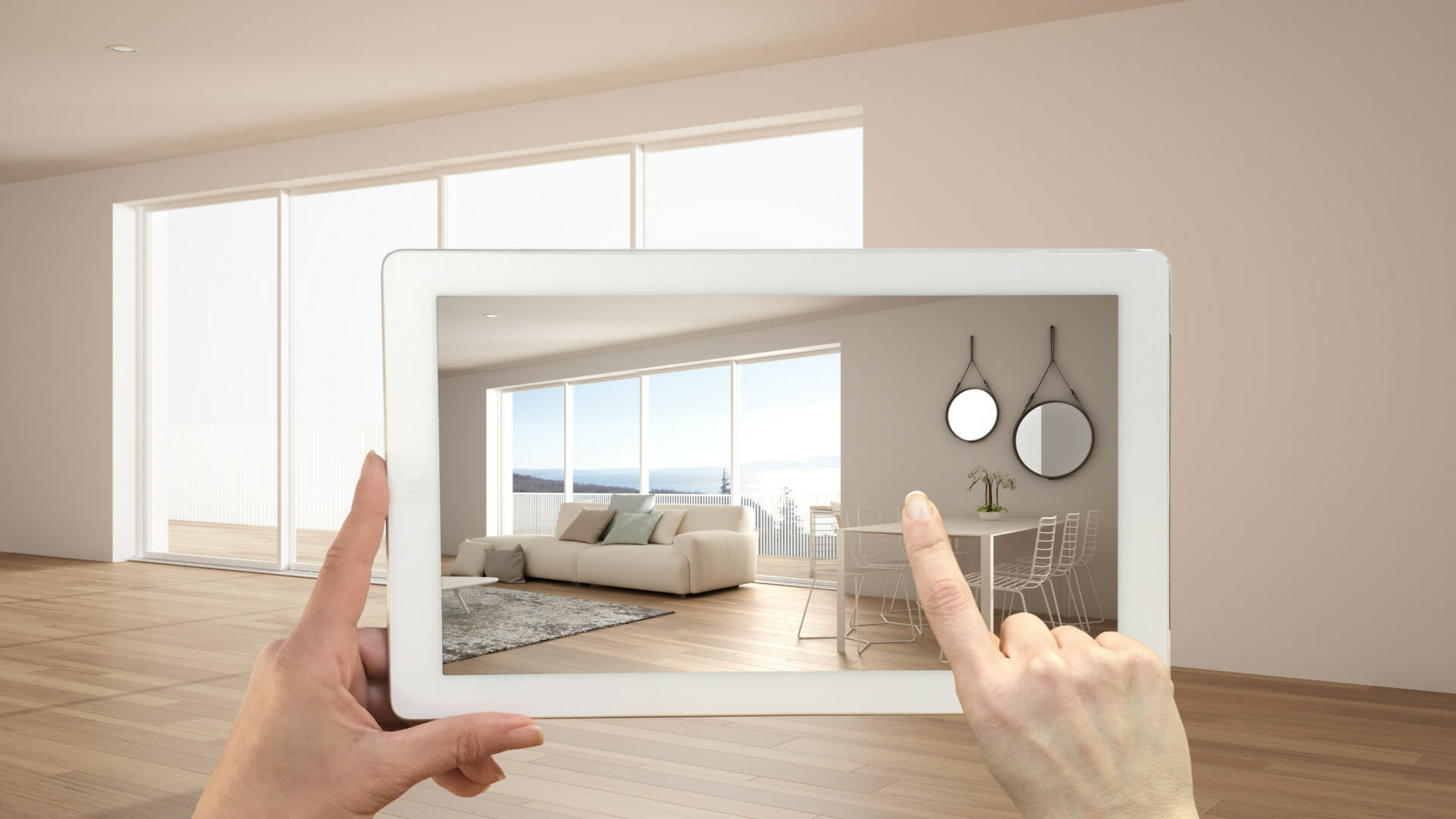Technology
How 5G will drive a Headless Revolution
The internet as we know it has gone through countless stages of evolution. Before early 2019, 4G LTE was lauded as the best option for mobile internet users looking for high-speed connections.


The internet as we know it has gone through countless stages of evolution. Before early 2019, 4G LTE was lauded as the best option for mobile internet users looking for high-speed connections. However, as 5G rollouts began in several countries across the globe, the boundaries of what was known to be possible with connected devices have been pushed beyond limits.
As the name implies, 5G is the fifth generation of wireless communication technology and standards used by devices such as smartphones.
Statistics show that by 2024, there will be around 1.9 billion 5G subscriptions worldwide. Developed Asia and North America will be the two continents leading the 5G revolution with about half of mobile connections in the two regions expected to be 5G-enabled by the year 2025.
“So what’s all the fuss about 5G, and did it truly give the world Covid?” – Let’s clear the air: despite the outrageous conspiracy theories, 5G had nothing to do with the global pandemic. However, it did bring with it a lot of interesting developments.
For one, speed improvements. With 5G, you could easily stream or download high definition content in a matter of seconds, as 5G operates at a much higher frequency than any of its predecessors (4G / 4G LTE). 4G uses lower radio frequency bands (below 6GHz), while 5G can handle ultra-high frequency bands (between 30GHz and 300GHz). To put it in perspective, 5G is 100 times faster than 4G which means that there is a huge potential to do so much more with your connected device in a shorter amount of time.

With 5G, there is also the added benefit of reduced or extremely low latency. If you’ve ever played a game such as Fortnite with an online gaming community, you might be familiar with some of the problems that high latency creates. Latency indicates the end-to-end communication delay – that is the time it takes for devices to communicate with each other or with the server that’s sending them information. During game sessions with multiple players around the world, a user might experience continuous image buffering, seeing players randomly appear and then disappear from the screen, or significant delay in completing a battle within the game.
All this could be attributed to high latency. In this context, latency refers to the average total time that it takes for a gaming or video device to send data to the corresponding server, and then back to that device; so the lower the latency, the better the overall user or gamer experience. 5G virtually eliminates latency and this enables wireless internet-connected devices to engage more effectively in real-time.

New technological advancements always allow for greater connectivity between devices. Nowadays, we’re witnessing the seamless integration of voice devices, smartwatches, and mobile devices. Long gone are the days when electronic devices operated independently of each other. The remarkable thing about 5G is that numerous devices can be connected to one network. Imagine having multiple connected devices exchanging information at lightning speed. An innovation such as this could help scale businesses within healthcare, transportation, manufacturing, retail, and several other industries.
In a recent article, we talked about headless commerce and its numerous benefits for B2B, B2C, and D2C companies. By decoupling the back-end and front-end or customer-facing layer, businesses have access to multiple touchpoints and technologies which can be used in engaging and also reaching new consumers wherever they are. A few of these technologies are voice-activated digital assistants, Augmented Reality (AR) and Virtual Reality (VR) systems, smart cars, smartwatches, and other IoT-enabled devices.
According to Goldman Sachs , the global virtual and augmented reality market is expected to grow to be worth $ 80 billion by 2025 .
With virtual reality and augmented reality, brands have a chance to fully engage customers by taking them on a virtual journey through VR headsets or by giving them a chance to preview products with AR. For example, you could decide to virtually transport customers to your manufacturing plant where they get a glimpse of how the auto parts you sell on your B2B shop are assembled. Similarly, a furniture brand could take customers on a virtual tour of a staged apartment that has been designed with the furniture they make. This will give customers a chance to get a feel of how they can adequately design their spaces using furniture purchased in your store. With augmented reality,customers can virtually place items from a home improvement online store in their living room.Paint or fabric swatches could also be tested against walls by using an AR-enabled smartphone.

The role of 5G is to optimize the quality of these VR and AR experiences. With 5G, you can guarantee that buffering and high latency (lags) will be a thing of the past and the overall customer experience will be greatly enhanced. A great user experience can help with initiating first-time purchases. When consumers get a feel of how a couch fits into their space or how a piece of jewelry might look against their skin, they are more likely to buy your product. Taking it a step further, one could say that 5G contributes to a richer unified commerce experience. Faster internet connections could harmonize the order and fulfillment process on both the customer side and the business side.
Let’s paint a proper picture: your business is a large home improvement chain and you offer curbside pick-up. A customer could visit your online store, select a few chairs for their outdoor patio, and enable AR on their mobile browser to get a virtual glimpse of how well these chairs would look on their patio deck. As soon as the customer is satisfied, they could order the chairs by selecting the closest store to them and then schedule curbside pickup. Efficient 5G connections optimize AR functionalities during the shopping process and this both eliminates the need for unnecessary store visits and reduces the time spent in-store. Instead of deliberating on an item, a customer could choose from the comfort of their home and only visit the store to pick up the items.
On the business side of things, 5G enhances the way e-commerce systems and other devices interact with each other. For example, when multiple customers place an order for the same patio chairs, availability can be updated in real-time, and a store manager could easily approve these orders by utilizing a tablet (or any other device) connected to the Spryker Cloud Commerce OS. The orders will be then made available to each customer on scheduled pick-up days. A reliable e-commerce system such as the one Spryker provides plus a powerful high-speed internet connection both make for a more efficient fulfillment process.
The global e-commerce market is expected to reach $ 6.07 trillion in 2024 and 5G will be a huge driver of all commerce revenue. Increased connectivity on the customer side will also result in more sales opportunities for businesses. It is projected that by 2024, there will be about 8 billion people online. With more people accessing the internet on less conventional platforms, a rise in the sales and consumption of goods and services online is expected.
Adopting 5G will result in the growth of IoT and Artificial intelligence technology. Businesses could share personalized information with customers through smart wearable devices to drive the sale of products. For instance, customers could receive push notifications on their smartwatches informing them about store deals or the availability of a new product as they shop.

When a warehouse manager takes an item off a smart shelf (connected to the Spryker back-end), it instantly delivers information about stock levels along the supply chain. The benefit of 5G is that it greatly accelerates this process. Additionally, data downloads that help with better personalization or delivery of tailored content can also be improved through ultra-fast 5G connections.
In a B2B setting, chatbots or virtual customer service representatives could provide customers with additional product recommendations. A MedTech business selling medical devices could have an AI assistant providing helpful suggestions to customers within the healthcare industry who are looking to purchase specific equipment. Without the AI assistant on their e-commerce platform, it might be challenging to figure out what devices or apparatus are meant to be purchased together. With 5G, information exchange between AI assistants and customers will be a thousand times faster.
As we have witnessed in the past few years, technology continually provides numerous growth opportunities across various industries and 5G is no exception. As more companies begin to implement this mobile wireless technology, tremendous growth in e-commerce (particularly headless commerce) and digital as a whole will occur. The entire world will be a highly connected community and living within smart cities will be the new normal.
To learn more about how your business can be a part of this headless revolution, click here.